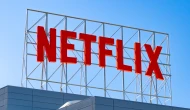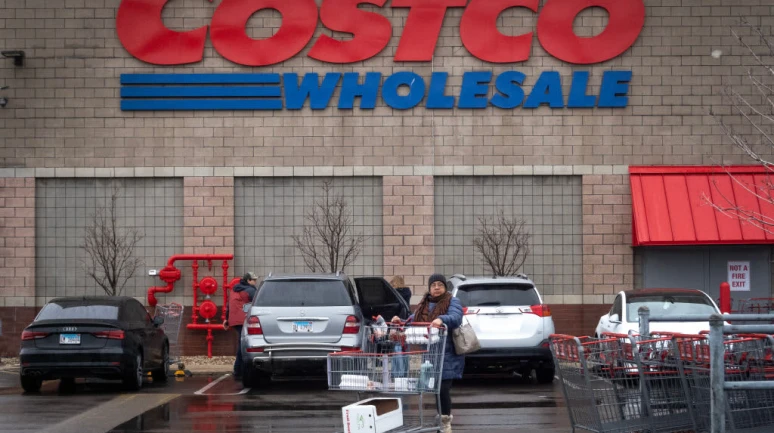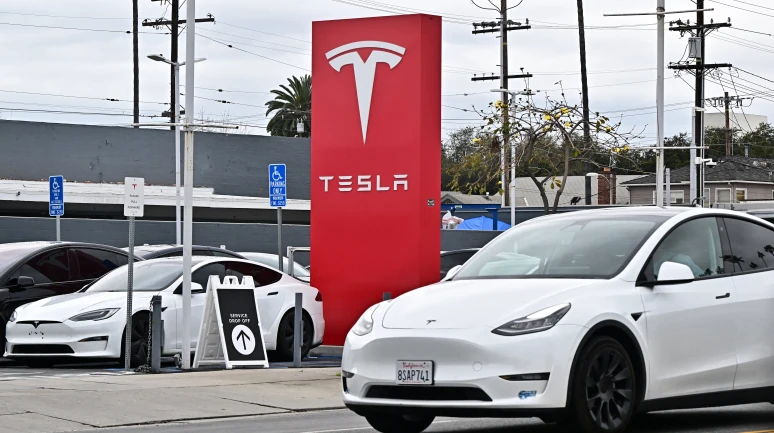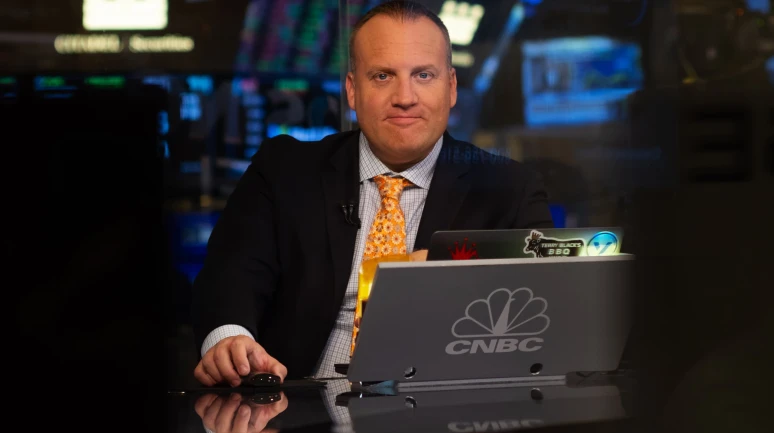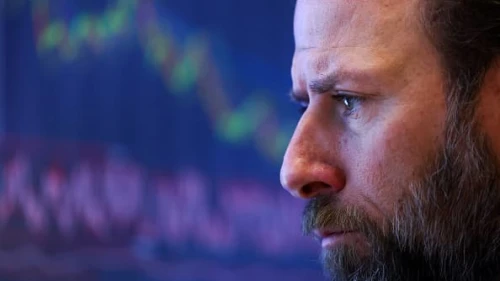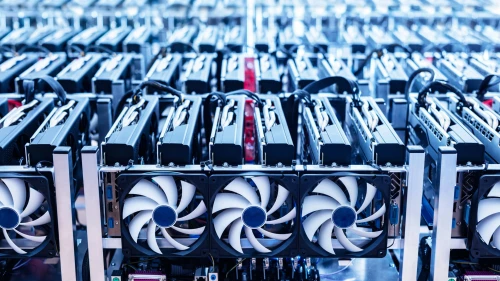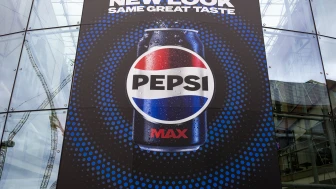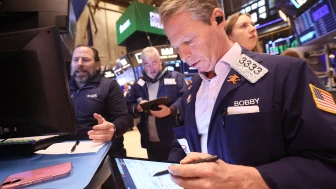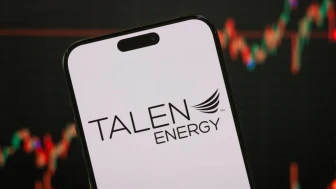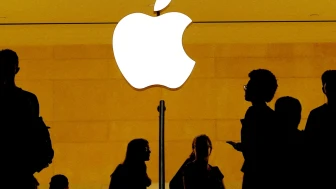Government waste and inefficiencies have been highlighted as significant contributors to higher costs and inflation in the economy. The Government Accountability Office (GAO) estimates that improper payments cost taxpayers a staggering amount ranging between $233 billion and $521 billion annually, totaling over $3 trillion since 2003.
These funds, which are essentially siphoned off due to fraud and abuse, result in reduced resources for legitimate needs or increased borrowing, consequently fueling inflation by injecting money into the economy without corresponding output.
One of the ways in which government waste impacts inflation is through the phenomenon of "crowding out." This occurs when the government, with its large footprint and high spending as a percentage of GDP, competes with the private sector for labor, capital, and resources.
Improper Payments and Taxpayer Costs
The Government Accountability Office (GAO) estimates that improper payments cost taxpayers billions annually, draining resources from essential needs and contributing to inflation. As a result, resources that could have been utilized for private investment and innovation are diverted towards government activities, leading to slower supply growth. When there is sustained demand but limited supply growth, it creates a scenario ripe for inflationary pressures.
Crowding Out Effect
A large government presence, measured by federal spending as a percentage of GDP, can crowd out private sector investment and innovation, leading to slower supply growth and inflationary pressures. Moreover, the size of the federal workforce, which stands at around 2.1 million civilian employees, coupled with higher-than-average government employee compensation compared to the private sector, contributes to overall increased labor costs. The reliance on deficit spending further exacerbates the situation, with the fiscal deficit in 2024 exceeding $2 trillion, equivalent to 6.86% of the US GDP.
Government Workforce and Labor Costs
The federal workforce's size, coupled with higher-than-private-sector compensation, adds to overall labor costs, further fueling inflation. This deficit spending can prompt the Federal Reserve to keep interest rates low or engage in quantitative easing to finance the deficit, thereby expanding the money supply and potentially leading to inflation.In addition to these factors, a larger government typically results in more regulations, adding compliance costs that businesses inevitably pass on to consumers.
Deficit Spending and Monetary Policy
Heavy reliance on deficit spending can prompt the Federal Reserve to keep interest rates low or engage in quantitative easing, expanding the money supply and potentially triggering inflation.
The cost of federal regulations alone is estimated to be around 8% of GDP, stifling productivity, increasing prices, and diverting resources away from innovation and expansion. Despite the inefficiencies associated with government waste, abrupt cost-cutting measures could have adverse effects on the economy.
Regulation and Compliance Costs
Increased government regulations impose compliance costs on businesses, which are then passed on to consumers, stifling productivity and driving up prices.
Aggressive cuts may reduce aggregate demand as businesses and workers linked to government spending experience income losses, potentially lowering GDP. The psychological impact of job uncertainties and potential layoffs can further compound the economic challenges.
Challenges of Cost Cutting
While cutting costs may seem beneficial, it could reduce aggregate demand, impacting businesses and workers dependent on government spending, potentially leading to economic downturns.
In conclusion, while addressing government waste is crucial for economic efficiency, policymakers must carefully navigate the potential impacts on inflation, economic growth, and overall stability. Balancing the need for fiscal responsibility with measures to control inflation and support economic growth remains a complex challenge that requires thoughtful consideration and strategic planning.
Long-Term Economic Outlook
Addressing government waste and inefficiency is crucial for long-term economic stability, but the transition must be carefully managed to prevent negative impacts on various sectors.
Government waste can have a significant impact on costs and inflation through various channels. Experts are closely monitoring the situation to assess the true extent of the impact and determine the future trajectory of inflation. The ongoing developments in consumer demand and their influence on inflation dynamics will be crucial factors to watch in the coming weeks.
Market Analysis and Investment Strategy
Amidst economic uncertainties, investors are advised to consider longer-term strategies and monitor key economic indicators to navigate potential market fluctuations.
Investment Recommendation
Considering the evolving economic landscape, it may be prudent to adopt a diversified investment approach to mitigate risks and capitalize on emerging opportunities.
Disclaimer and Financial Advice
Readers are reminded to seek personalized financial advice from qualified professionals before making any significant investment decisions.


